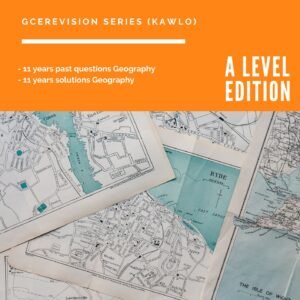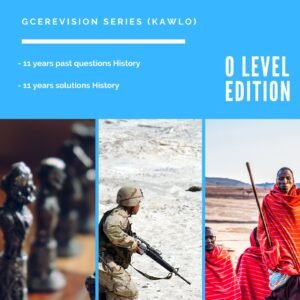similarities and differences of centralised and decentralised states
Similarities between Centralized and Decentralized States
- Traditional Leaders.
both centralized and decentralized states had traditional leaders. These traditional rulers were given a lot of respect and enjoyed much influence. Though they had different names in the Bamenda grassfield, Lamido in Adamawa and Nfon in the Bayang land, they were all recognized as traditional authorities.
- Regulatory Societies.
Both the centralized and decentralized societies and regulatory societies. These e people flineage regulatory societies provided checks and balances on the authority of the traditional rulers. In decentralized states, the Ahon in the land bakossi could unseat the king. In the centralized states, the kwifoyn in Kom and the Kwifon in Bafut could be used in the case of abuse of powers and disrespect of tradition
- Political Power was in the Hands of Men.
In both states, political power has been reserved for men. Though in Kom and Bafut, where the nafoyn and mamfor had some political influence, exclusive power was in the hands of men. The regulatory secret societies have been established. Thus there was gender discrimination in both centralized and decentralized countries.
The Difference Between Centralized and Decentralized States.
- Chieftaincy
In the grassfields, the chieftaincy institution was highly centralized with the fon wielding a lot of power. The political powers of paramount chiefs were very extensive covering many villages and quarters. In the forest area the authority of the traditional ruler was often limited in the village. In the forest zone the notion of paramount leader was not known.
- Regulatory Societies.
The regulatory societies in the grassfields are well structured and elaborate than those of the centralized states. They had enormous judicial and advisory powers. This was the case of the nwerong in Nso and the Majong in Bafut. These societies do not have constitutional powers like those of the grassfields.
- Political organization
The political organization of the grassland chiefdoms is different from that of the decentralized states of the forest and coastal regions of Cameroon. The political organization of centralized states reflected a divine kingship system that did not exist in the forest zone. Kinship was hereditary and the fon or lamido had some spiritual powers in addition to his political powers. This was different from the forest region were political power could not move from one family to another or one lineage to another.
- Military Organization
The centralized or grassfield societies were more organized militarily compared to the stateless societies. They had war clubs and standing armies For example, in the United States, there are many people in the army who have trained soldiers from different war clubs. But in the centralized states, the danger has been reduced to a danger.
- Seat of Administration.
The centralized states had a well-established seat of administration (palace) while in the forest zone it did not exist. In the grassfield, the fon’s palace is larger than any compound. The palace was fixed and belonged to the whole village and not to the fon who was in power. But in the forest area the palace could be moved to another place.
https://cameroongcerevision.com/decentralised-societies-of-forest-and-coast-of-cameroon/
https://cameroongcerevision.com/chapter-2-states-and-kingdoms-in-the-19th-century/















Jamil
January 18, 2022
Thanks alot ❤
Phina
October 8, 2023
This information is very important to our society
Clara
May 1, 2025
How are you doing